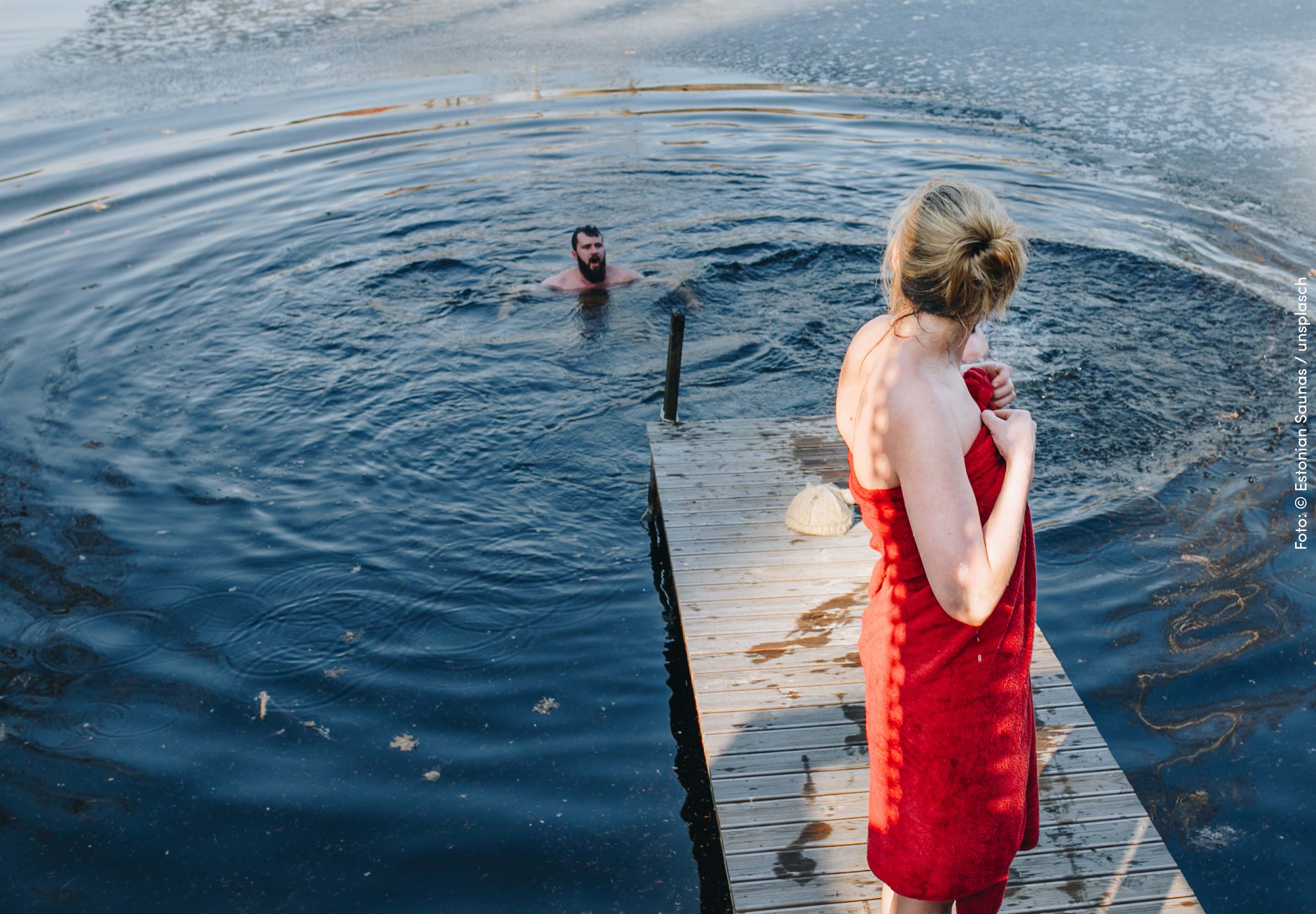
So it is about the quality of our bathing lakes
A quiet forest lake, surrounded by green trees that provide shade. A clear mountain lake that gives you a chance to cool off after a hike through the mountain landscape with its impressive panoramas. A natural lake with a sandy beach, where the little ones build sandcastles and splash around in the water without worries. Now that the temperatures are rising again, many are going out to the lake again. Not only to laze around there or to be surrounded by beautiful nature, but above all to bathe in the lakes. Because summer time is bath time!
Swim without worries - possible in all of Europe
But what about the quality of bathing water in Germany and is it safe to jump into any lake? The good news is that almost all bathing lakes in Germany meet the EU minimum standards for bathing water quality. Most of them were even rated as “excellent”. The quality of the bathing lakes in Europe is almost always good. Here, out of almost 22.000 bathing areas tested, only 306 performed poorly. This map gives a detailed overview of the tested bathing areas in Europe.
Eight bodies of water fail in Germany
In Germany only eight bodies of water were rated as “poor”: in Brandenburg it concerns the “Spreelagune” in Lübben, in Saxony the “Blue Adria” in Bautzen, in Saxony-Anhalt the “Strandbad Reinsdorf”, in Baden-Württemberg the “ Goldscheuer Badesee ”in Kehl and in Bavaria it concerns the“ Satzdorfer See ”in Runding and the“ See Freigericht Ost ”near Kahl am Main. A bathing ban has even been issued for the "Baltic bathing area in Tremt" on the Strelasund, between Stralsund and the island of Rügen. The exposure to bacteria, which are also dangerous for humans, has been a cause for concern for several years now.
The bathing areas were mainly tested for two intestinal bacteria: E-coli and intestinal enterococci. Both bacteria indicate contaminants that have entered the water. The causes of the contamination are not listed. However, it is usually heavy rains and thunderstorms that are responsible for this. A detailed overview of the bathing areas in Germany is given by Map of the waters of the Federal Environment Agency.
Bad prospects for ecological water quality
The data from the 2017 bathing season show that bathing water quality has improved both in Germany and in Europe. However, there is bad news, because in contrast to bathing water quality, the ecological water quality of the waters is not so good.
Almost three quarters of the lakes in Germany are therefore in a mediocre or even poor condition. This is mainly caused by the excess of fertilizers from agriculture, which in turn flow into the waters. The high nutrient content causes algae to grow excessively and desolate the lake. Many fish and plants then no longer find a habitat here.
Restore the ecological balance
The fertilizer law in Germany was tightened last year. The law now provides for new upper limits for nitrogen fertilization and extends the prescribed distances between agricultural areas and bodies of water. One can only hope that this will be sufficient to restore the ecological water quality so that more plants and fish will settle here again. It would be hoped that at some point they would feel just as comfortable in the waters as we do.
Lisa Klakow
Lisa helped set up the Good Travel Blog and will write for us as a freelance author in the future. She is passionate about traveling and dancing around the world with a small ecological footprint.






COMMENT